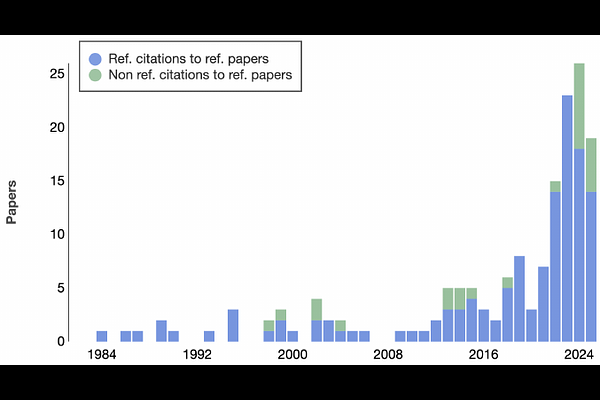Colloquium: The Cosmic Dipole Anomaly

Colloquium: The Cosmic Dipole Anomaly
Nathan Secrest, Sebastian von Hausegger, Mohamed Rameez, Roya Mohayaee, Subir Sarkar
AbstractThe Cosmological Principle, which states that the Universe is homogeneous and isotropic (when averaged on large scales), is the foundational assumption of Friedmann-Lemaitre-Robertson-Walker (FLRW) cosmologies such as the current standard Lambda-Cold-Dark-Matter ({\Lambda}CDM) model. This simplification yields an exact solution to the Einstein field equations that relates space and time through a single time-dependent scale factor, which defines cosmological observables such as the Hubble parameter and the cosmological redshift. The validity of the Cosmological Principle, which underpins modern cosmology, can now be rigorously tested with the advent of large, nearly all-sky catalogs of radio galaxies and quasars. Surprisingly, the dipole anisotropy in the large-scale distribution of matter is found to be inconsistent with the expectation from kinematic aberration and Doppler boosting effects in a perturbed FLRW universe, which is the standard interpretation of the observed dipole in the cosmic microwave background (CMB). Although the matter dipole agrees in direction with that of the CMB dipole, it is anomalously larger, demonstrating that either the rest frames in which matter and radiation appear isotropic are not the same, or that there is an unexpected intrinsic anisotropy in at least one of them. This discrepancy now exceeds 5{\sigma} in significance. We review these recent findings, as well as the potential biases, systematic issues, and alternate interpretations that have been suggested to help alleviate the tension. We conclude that the cosmic dipole anomaly poses a serious challenge to FLRW cosmology, and the standard {\Lambda}CDM model in particular, as an adequate description of our Universe.